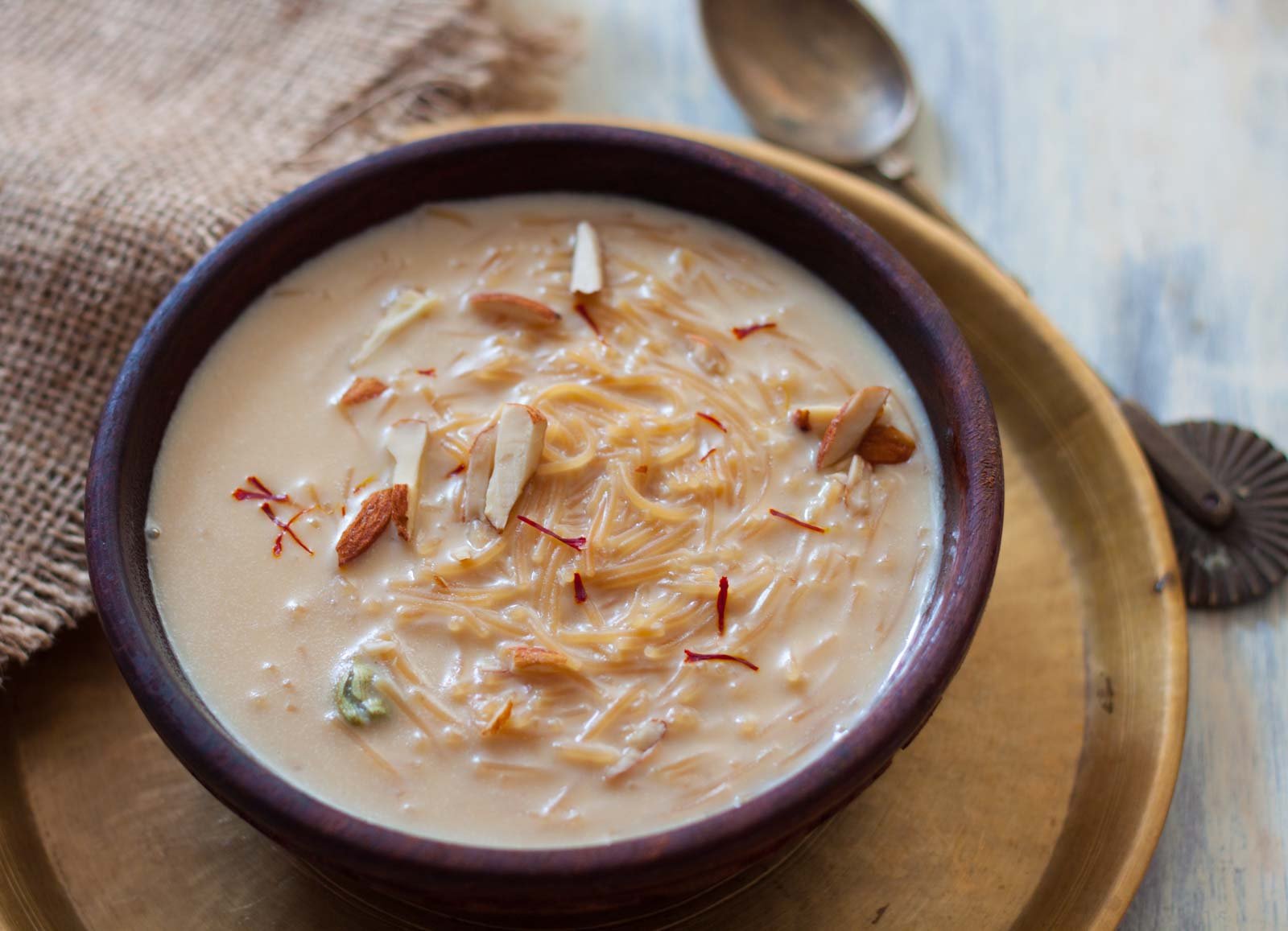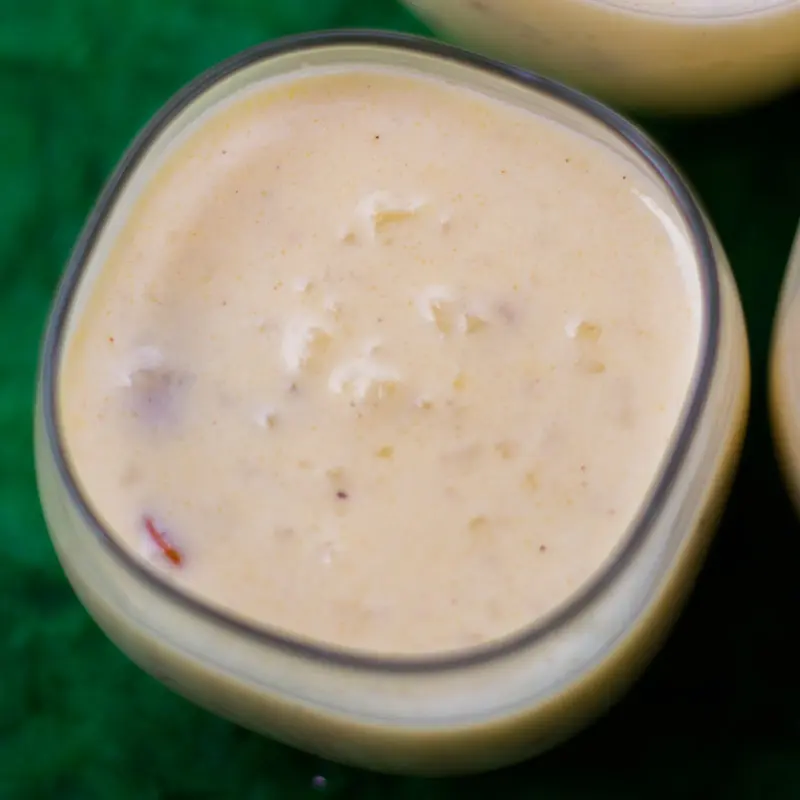Milk payasam, a quintessential Indian dessert, holds a special place in the hearts of food enthusiasts. Its creamy texture, delicate flavors, and rich cultural heritage make it an irresistible treat. This classic recipe, passed down through generations, is a testament to the culinary artistry of India.
Whether enjoyed as a comforting dessert or a festive delicacy, milk payasam is sure to captivate your taste buds and warm your soul.
This versatile dish offers endless possibilities for customization, allowing you to explore a symphony of flavors. From the comforting warmth of cardamom to the nutty crunch of almonds, each ingredient adds a unique dimension to this delectable dessert. In this comprehensive guide, we will delve into the art of crafting the perfect milk payasam, providing step-by-step instructions, variations, and insights into its nutritional value.
Get ready to embark on a culinary journey that celebrates the sweet and savory essence of India.
Introduction
Milk payasam, a delectable Indian dessert, holds a special place in the culinary tapestry of the country. Its rich history and cultural significance make it a cherished treat, enjoyed during festivals, celebrations, and everyday meals alike.
Originating in ancient India, milk payasam has been mentioned in religious texts and culinary treatises for centuries. It was initially prepared as an offering to deities and gradually became a beloved dessert among the masses.
Cultural Significance
Milk payasam is deeply entwined with Indian culture. It is often served as a symbol of purity and auspiciousness during religious ceremonies, weddings, and other important occasions. Its creamy texture and sweet flavor are believed to bring good fortune and blessings.
Ingredients

The essence of milk payasam lies in its delectable blend of simple yet flavorful ingredients. At its core, it requires:
- Rice: Short-grained or medium-grained rice is preferred for its ability to absorb the milk and spices, creating a creamy texture.
- Milk: Whole milk or full-cream milk is ideal for its richness and creaminess, although other types of milk can be used based on preference.
- Sugar: Sugar provides the essential sweetness, but its quantity can be adjusted to taste.
- Spices: Spices like cardamom, cinnamon, and saffron add a fragrant and aromatic touch to the payasam.
Variations in ingredients exist based on regional preferences and availability. For instance, in some regions, jaggery is used instead of sugar, while others incorporate nuts like almonds or cashews for added texture and flavor.
Regional Variations
The versatility of milk payasam allows for regional variations that reflect diverse culinary traditions. In southern India, it is commonly known as “paal payasam” and is often prepared with coconut milk for a richer flavor. In eastern India, “kheer” is a popular variant that incorporates saffron and pistachios.
Northern India’s “firni” is a thicker version made with ground rice and often served chilled.
Step-by-Step Instructions
Let’s dive into the step-by-step process of crafting a delectable milk payasam:
Cooking the Rice
Rinse the rice thoroughly to remove any impurities. In a heavy-bottomed pot, combine the rice and water. Bring the mixture to a boil, then reduce heat and simmer until the rice is cooked through and has absorbed most of the water.
Adding the Milk and Spices
Once the rice is cooked, gradually add the milk while stirring constantly to prevent scorching. Bring the mixture to a gentle simmer and continue stirring until it thickens to your desired consistency. Add the sugar and cardamom powder to taste.
Stir well to combine and dissolve the sugar.
Tips for Consistency and Flavor
* For a creamier payasam, use full-fat milk.
- To achieve a thicker consistency, simmer the payasam for a longer period.
- Adjust the sweetness and cardamom powder according to your preference.
- For a richer flavor, add a pinch of saffron or a few strands of kewra water.
- Serve the payasam warm or chilled, garnished with chopped nuts or dried fruits.
Variations and Adaptations

The versatility of milk payasam allows for endless variations and adaptations to suit different tastes and dietary needs.
For those who enjoy a richer flavor, nuts such as almonds, cashews, or pistachios can be added to the payasam. Fruits like mango, banana, or pineapple can also be incorporated to enhance the sweetness and add a vibrant touch.
Gluten-Free Option
To cater to individuals with gluten intolerance, gluten-free options can be easily made by replacing traditional rice with gluten-free alternatives like quinoa, amaranth, or buckwheat.
Vegan Option
For a vegan version of milk payasam, dairy milk can be substituted with plant-based milk such as almond milk, soy milk, or coconut milk. Additionally, vegan ghee can be used instead of regular ghee.
Presentation and Serving
When presenting milk payasam for an elegant occasion, it is essential to consider its visual appeal. The dish should be served in a clear glass or ceramic bowl to showcase its creamy texture and vibrant color. Garnish with a sprinkling of cardamom powder or saffron strands for an extra touch of elegance.
Accompanying Dishes
Milk payasam pairs well with a variety of accompaniments. It can be served as a dessert on its own or alongside other traditional Indian sweets like gulab jamun or rasgulla. For a more substantial meal, it can be served with rice or chapati.
Nutritional Value and Health Benefits
Milk payasam is not just a delectable treat but also a nutritional powerhouse. It is an excellent source of essential nutrients that can contribute to overall health and well-being.
The primary ingredients of milk payasam, milk, rice, and spices, each offer a unique array of nutrients:
Milk
- Rich in calcium, essential for strong bones and teeth
- Provides high-quality protein, necessary for building and repairing tissues
- Contains potassium, which helps regulate blood pressure
- Good source of riboflavin, vitamin B12, and vitamin D
Rice
- Carbohydrate-rich, providing energy for the body
- Contains dietary fiber, which promotes satiety and aids digestion
- Provides essential vitamins and minerals, such as iron, zinc, and magnesium
Spices
- Antioxidant-rich, protecting cells from damage
- Contain anti-inflammatory properties, which may reduce the risk of chronic diseases
- Provide distinct flavors and aromas, enhancing the overall taste experience
Closure
As we conclude our exploration of the aromatic milk payasam recipe, we can’t help but marvel at the versatility and timeless appeal of this Indian dessert. Whether you prefer the traditional simplicity or enjoy experimenting with contemporary twists, milk payasam offers a canvas for culinary creativity.
Its ability to adapt to different dietary needs and preferences makes it a truly inclusive dessert that can be savored by all. So next time you crave a sweet treat or seek to impress your loved ones, don’t hesitate to embark on this culinary adventure.
With each spoonful of creamy goodness, you’ll not only indulge in a delightful dessert but also embrace a rich cultural heritage.
FAQ Summary
What is the origin of milk payasam?
Milk payasam has its roots in ancient India, where it was known as “kheer.” It was a popular offering to deities and a staple dessert during festivals and celebrations.
Can I make milk payasam without nuts?
Absolutely! While nuts add a delightful crunch, they are not essential. You can omit them or substitute them with your favorite dried fruit or seeds.
Is milk payasam a gluten-free dessert?
Yes, milk payasam is naturally gluten-free as long as you use gluten-free rice. This makes it a great dessert option for those with gluten sensitivities or celiac disease.
How can I make a vegan version of milk payasam?
To make a vegan milk payasam, simply replace the dairy milk with your preferred plant-based milk, such as almond milk, coconut milk, or oat milk. You can also use vegan butter or coconut oil instead of ghee.
What are some unique variations of milk payasam?
There are countless variations of milk payasam, each with its own unique twist. Some popular variations include adding saffron for a vibrant color and aroma, incorporating seasonal fruits like mango or berries, or using condensed milk for an extra touch of sweetness.
